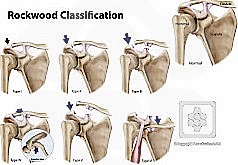ACJ Dislocations
Lennard Funk, updated Dec 2021
Acromioclavicular Joint Dislocations
The Acromioclavicular Joint is usually injured by a direct fall onto the point of the shoulder. The shoulder blade (scapula) is forced downwards and the clavicle (collarbone) appears prominent.
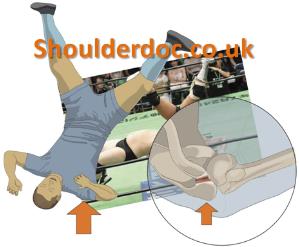
The degree of damage to the joint is traditionally classified by the joint displacement and injury to the ligaments which support the AC joint.:
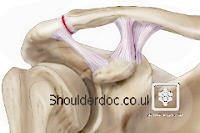
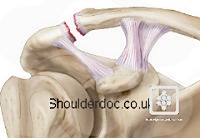
Grade 1 Grade 2
AC joint sprain AC joint ligaments torn only
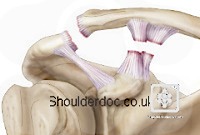
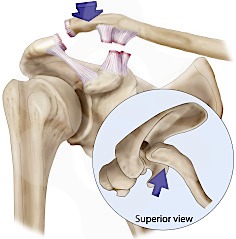
Grade 3 Grade 4
100% dislocation clavicle dislocated backwards
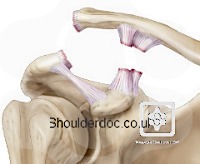
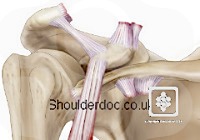
Grade 5 Grade 6
>100% dislocation clavicle under coracoid
Complete Classification:
TREATMENT:
Traditionally the grade determined the treatment. However the evidence for this is poor. Nowadays, we treat according to the symptoms - i.e. pain and functional limitations - with guidance from the literature around the relevance of the grades.
Considerations for surgery:
- Most people with ACJ injuries can cope, unless an overhead worker or a high demand athlete.
- The long-term outcomes are similar with or without surgery
- Traditional techniques carry a failure rate of approximately 20%
Treatment algorithm
(my approach, but very similar to other surgeons):
- Acute injury (< 1week):
- Assess and diagnose.
- Sling and analgesia and arrange to review in 3 weeks.
- Surgical reduction and fixation if: Clearly in agony with clavicle button-holed through trapezius; Neurovascular injury; Open injury
- 3 week review:
- Settling and improving – continue symptomatic management and gradually reintroduce sports and manual activities. Arrange review at 3 months.
- Not coping – offer early surgical stabilisation
- 3 month review:
- Returned to sports and little symptoms - discharge
- Not coping – offer surgical stabilisation
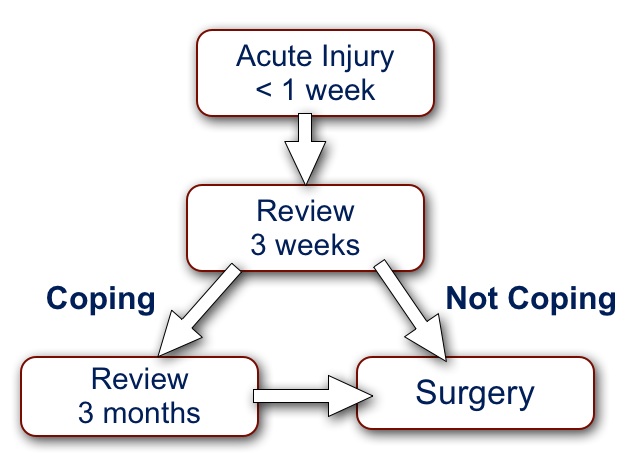
For Grade 1 injuries removal of the damaged joint is performed. This is done by keyhole surgery (arthroscopically) and is known as an Arthroscopic ACJ Excision
For unstable AC Joints and symptomatic complete dislocations (Grade 3, 4 & 5) injuries the collarbone and shoulderblade need to be re-aligned and fixed in place.
Numerous surgical options exist and your surgeon will discuss this in more detail with you. For more information on the surgical stabilisation procedures Click Here
Also see:
- AC Joint dislocations - Classification & Natural History (O Levy, 2005)
- Management of AC Joint Dislocations - Traditional Management 2007
- Decision making: operative versus nonoperative treatment of ACJ injuries.
- Other News & Research on ACJ


